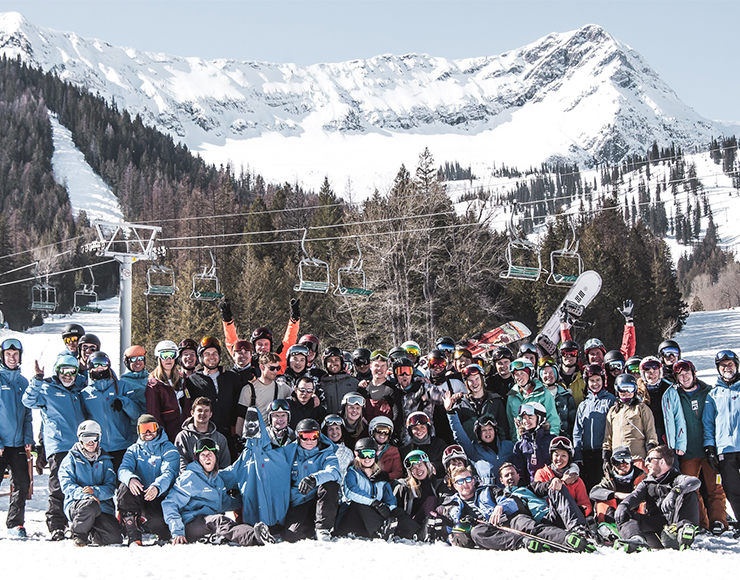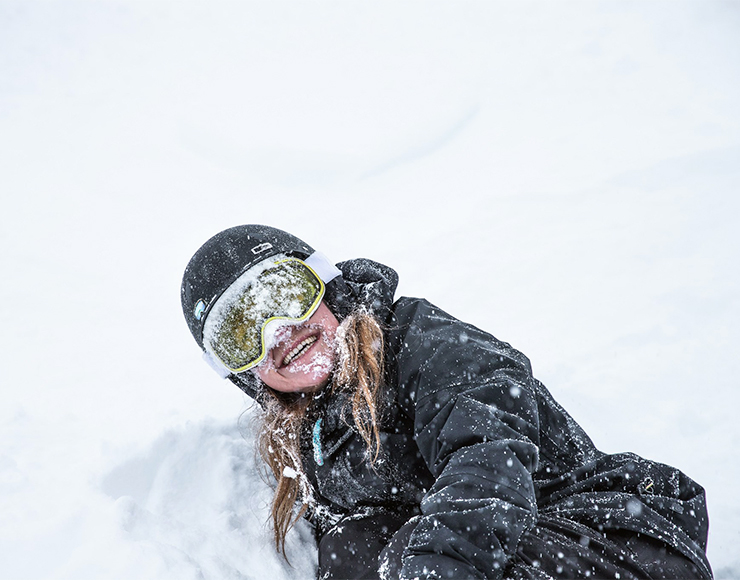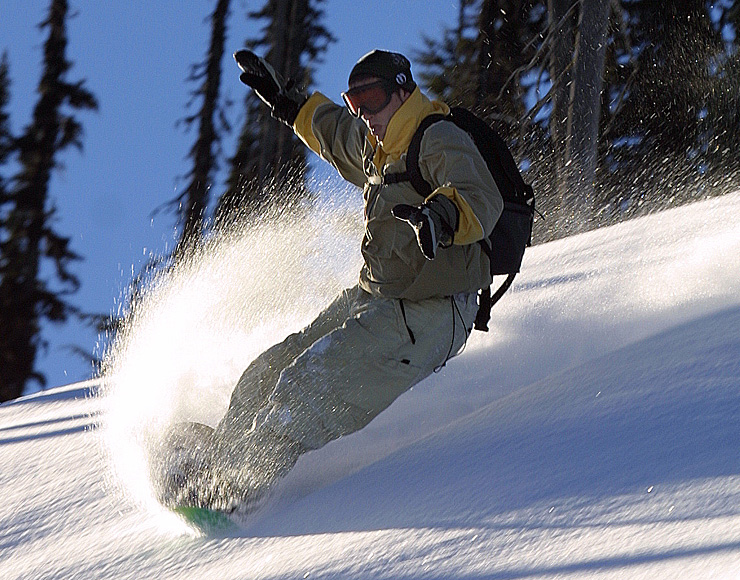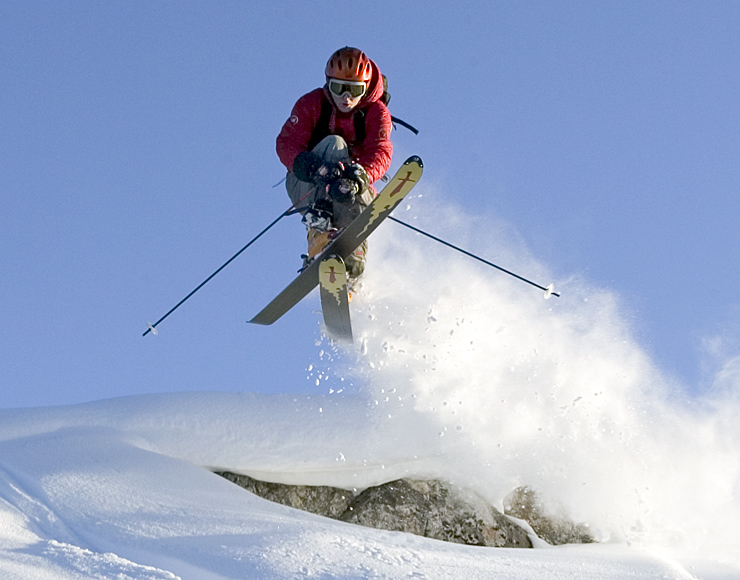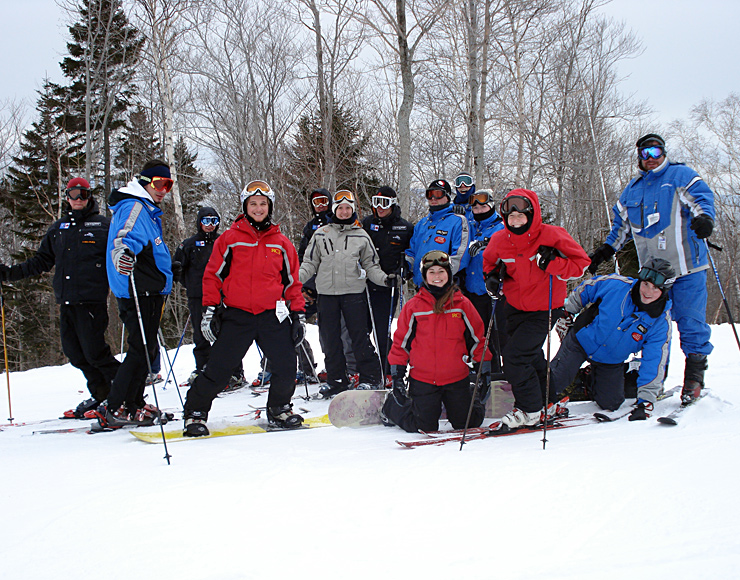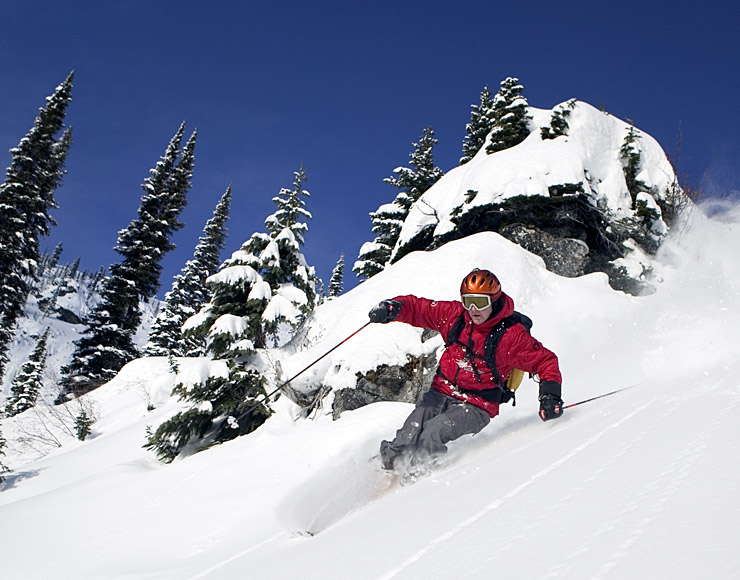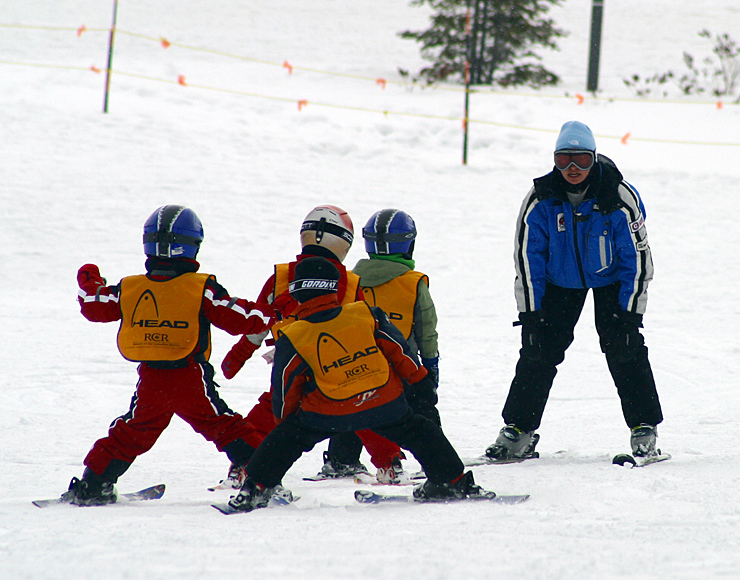Quick Facts
| Name | Canada |
| Population | 35 million |
| Capital | Ottawa |
| Language | English, French |
| Currency | Canadian Dollar (CAD) |
| Time Zone | UTC -3.5 to -8 |
| Flag |
|
Climate
Trying to distill the climate of Canada into an easy-to-understand statement is impossible, given the vast area and diverse geography within the country. Overall, in most places, winters are harsh compared to much of the world, on par with northern Eurasia. The most populated region, southern Ontario, has a less severe climate, similar to the bordering regions of the mid-western and northeastern United States. Iqaluit, the capital of Nunavut, is just south of the Arctic Circle and remains very cold except for the months of July and August, when the July average maximum is only 12°C (54°F). On the other hand, the coastlines of British Columbia are very mild for their latitude, remaining above freezing for most of winter, yet they are not far away from some of the largest mountain glaciers found on the continent.
The average temperature is typically colder in Canada than in the U.S. and Western Europe as a whole, so bring a warm jacket and other winter clothing if visiting between October and April. The rest of the year, over most of the country, daytime highs are generally well above 15°C (60°F) and usually into the 20s-30s°C(70s-90s°F) range during the day.
Culture
Canada’s culture draws influences from its broad range of constituent nationalities, and policies that promote a ‘just society’ are constitutionally protected. Canada has placed emphasis on equality and inclusiveness for all its people and multiculturalism is often cited as one of its significant accomplishments, and a key distinguishing element of Canadian identity. In Quebec, cultural identity is strong, and many commentators speak of a culture of Quebec that is distinct from English Canadian culture. However, as a whole, Canada is in theory a cultural mosaic—a collection of several regional, Aboriginal, and ethnic subcultures.
Gastronomy
English Canadian cuisine varies from region to region. Some specialties include maple syrup, Nanaimo bars (chocolate-topped no-bake squares with custard or vanilla butter filling and crumb base), butter tarts (tarts made with butter, sugar, and eggs), beaver tails (fried dough topped with icing sugar), fiddleheads (curled heads of young ferns), peameal bacon (a type of back bacon made from lean boneless pork loin, trimmed fine, wet cured, and rolled in cornmeal; eaten at breakfast with eggs or for lunch as a sandwich), and Halifax donairs (sliced beef meatloaf wrapped in pitas and garnished with onions, tomatoes, and a sweet condensed milk sauce).
French Canadian cuisine is distinctive and includes such specialties as tourtière, a meat pie dish that dates back to the founding of Quebec in the 1600s, cipaille (meat and vegetable pie), cretons (mince of pork drippings), ragoût de pattes (pigs’ feet stew), plorine (pork pie), oreilles de Christ (fried larding bacon), poutine, a dish consisting of French fries, cheese curds and gravy (its popularity has spread across the country and can be found from coast to coast), croquignoles (home-made doughnuts cooked in shortening), tarte à la farlouche (pie made of raisins, flour and molasses), tarte au sucre (sugar pie), and numerous cheeses and maple syrup products. Staples include baked beans, peas and ham.
Transportation
By Plane
The best way to get around the country is by air if you can afford it. Air Canada is the main national carrier, and has by far the largest network and most frequent schedules. Air fares are expensive in Canada, the government is notorious for using airports as a cash cow and levying higher-than-average fees and taxes upon airports. To save money, many Canadians often drive to US airports just across the border to save hundreds of dollars per flight.
Air Hitchhiking
There is a far cheaper way to fly in Canada, hitch-hiking by air. Small planes, called float planes, fly from lake to lake in northern Canada, and you can fly for free out of a variety of airports by getting access to pilots, who are typically delivering mail from lake to lake. Finding a pilot can be a tricky process, but it is possible to catch up with the pilots when they take a break to eat or drink. Sometimes, in the airports, you can meet pilots coming in and out of the Environment Canada weather offices.
By Bus
Travel by intercity coach is available between most major cities in Canada. Routes in the prairies can be extremely long, some of them taking several days; as a result, passengers should be sure they will be able to bear sitting in a seat for 48 or more hours with only rare stops for food and toilet breaks.
By Car
Car rental, although somewhat expensive if you are travelling alone, can be an economically reasonable alternative if you are sharing the costs with others.
In some cases, frugal travellers may be able to ‘earn’ budget travel by delivering a car across Canada. The option is not common. Nor does it offer the opportunity to spent much time stopping along the way. However, it can be a cheap way to cross Canada while seeing the interior. CanadaDriveAway.com and HitTheRoad.ca are two options.
By RV
If you are set on a road trip, an alternative to car rental is to hire an RV (motorhome or campervan). This gives you the flexibility to explore Canada at your own pace and is ideal if your trip is geared around an appreciation of Canada’s natural environment. Costs can also be lower than combining car rental with hotels, however RV rentals usually apply mileage charges while car rentals usually don’t.
By Train
Passenger rail service in Canada, although very safe and comfortable, is often an expensive and inconvenient alternative to other types of transport. The corridor between Windsor and Quebec City is a bit of an exception to this generalization. Also, if natural beauty is your thing, the approximately three-day train ride between Toronto and Vancouver passes through the splendour of the Canadian prairies and the Rocky Mountains, with domed observation cars to allow passengers to take in the magnificent views. Make arrangements ahead of time to get lower fares. VIA Rail is the main Canadian passenger rail company.


